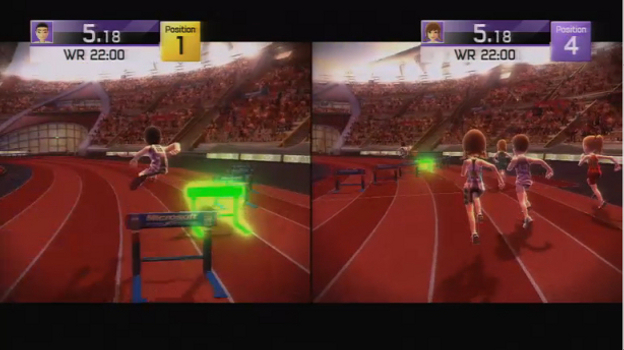None
One of the major complaints levied against the Kinect motion sensor has been that, as a controller free IR medium, it lacks a certain degree of precision, something that is absolutely key in the majority of core games released today. Headshots, combos, even unit commands demand a high degree of both situational awareness and, most importantly, precise control. According to Kudo Tsunoda, Microsoft creative director, however, the purpose of Kinect is not, and never has been, to provide a precise, alternative control method for these titles. Instead, he feels that the Kinect is geared toward different experiences, that the controller is still the better option for games that have traditionally been designed to use it. 
When motion gaming’s popularity initially struck with the release of the Wii, the first instinct developers had to overcome was to tie everything traditionally meant for buttons, D-Pads and analog sticks to free-form motion control. Waggle-intensive titles, such as The Legend of Zelda: Twilight Princess, were born. Developers are learning, though, and it’s good to see that there’s an understanding in the industry among some of the very individuals pioneering these technologies that they are suited for a different type of game, a different experience, than those provided by traditional controllers. |
